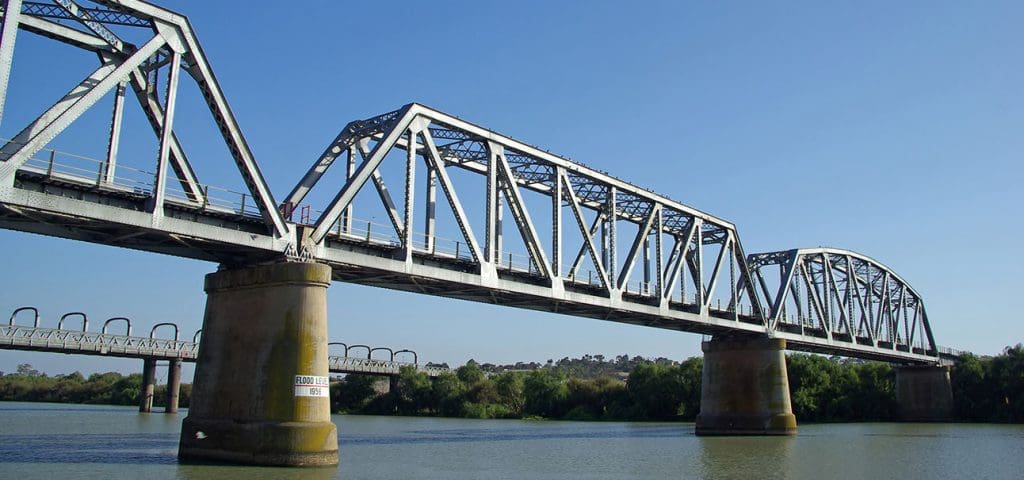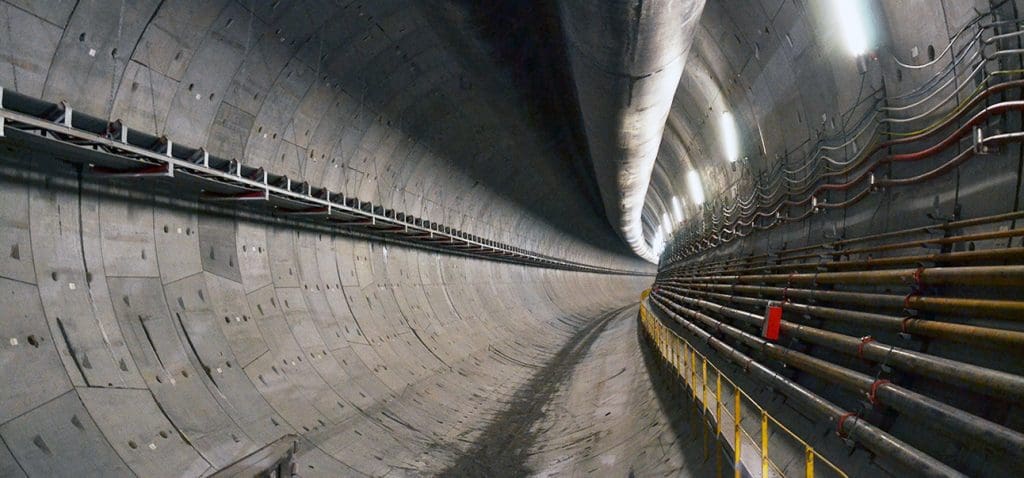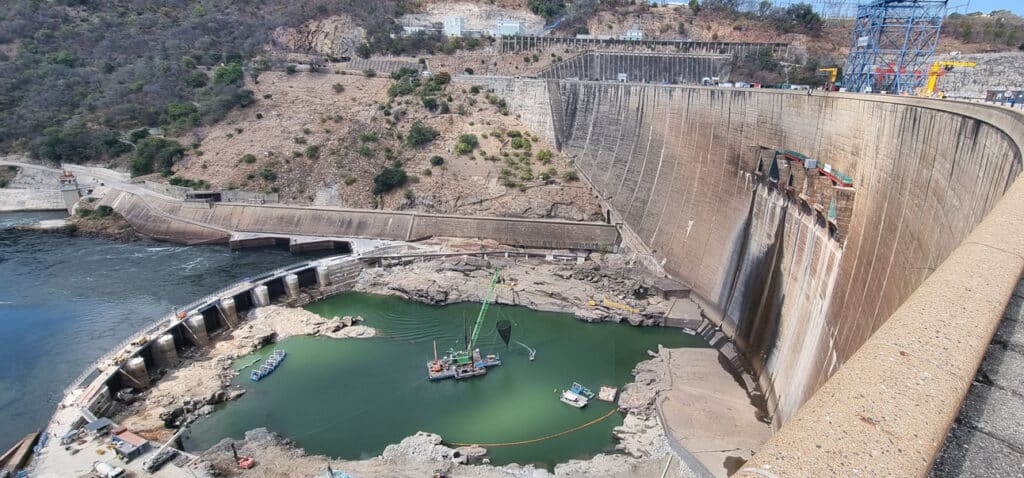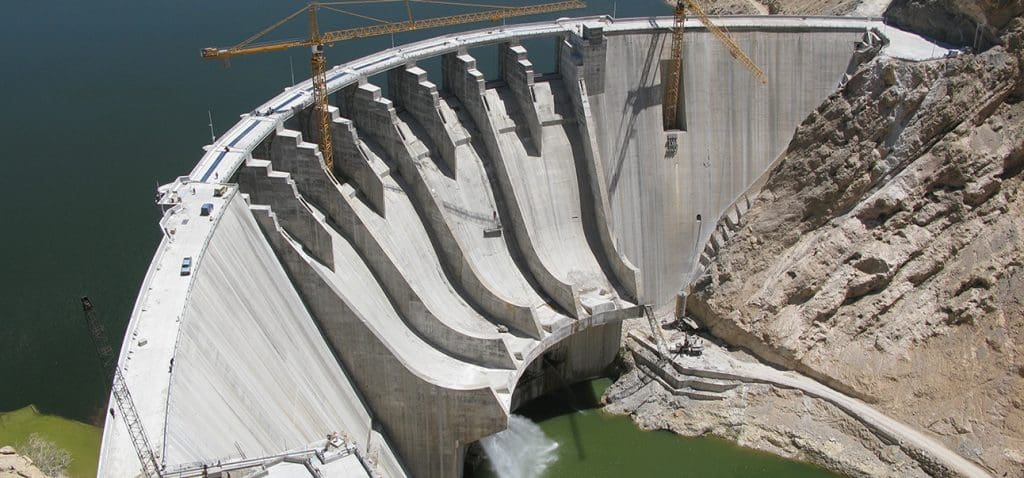Viaducts

What is viaducts monitoring? A viaduct is a type of bridge that is made up of a series of small spans, typically supported by piers or columns. They are often used to connect different levels of a city or to link separate sections of a transportation network. Various types of instruments are used in viaduct […]
Truss metal bridges

What is truss metal bridges monitoring? Truss metal bridge is a type of bridge that uses a series of interconnected triangles to support the bridge deck and transfer loads to the abutments or piers. The truss is a framework of metal bars or tubes that are arranged in a series of triangles, which are known […]
Arch bridges

What is arch bridges monitoring? Arch bridges are structures that rely on the strength and stability of their arches to support the bridge deck and transfer loads to the abutments or piers. Arch bridge monitoring involves both geotechnical and structural monitoring to ensure the safety and long-term performance of the bridge. Geotechnical monitoring of an […]
Heritage

What is heritage monitoring? Heritage geotechnical and structural monitoring is the process of continuously monitoring structures such as historical buildings, monuments, and archaeological sites. Geotechnical monitoring involves monitoring the behaviour of the soil or rock surrounding the structure, while structural monitoring involves measuring the behaviour of the structure itself. This information can help identify any […]
Skyscrapers & buildings

What is skyscraper and building monitoring? For new skyscrapers and buildings, structural and geotechnical monitoring is essential to ensure the safety, performance, and durability of the building. Some of the main structural and geotechnical topics to monitor for new skyscrapers include: Foundation and soil conditions: monitoring the foundation and soil conditions of the building to […]
Deep excavation monitoring

What is deep excavations monitoring? Deep excavation monitoring refers to the process of measuring and analyzing the behavior of soil and structures during excavation works to ensure safety and stability. This monitoring is crucial because the excavation process often causes changes in the stress and strain of the soil and nearby structures. If these changes […]
TBM Tunnel monitoring

TBM TUNNEL MONITORING What is TBM tunnel monitoring? TBM tunnel monitoring refers to the continuous assessment of structural parameters during and after the excavation of tunnels using a Tunnel Boring Machine (TBM). TBMs are widely used for efficient and precise excavation in various tunneling projects, such as subways, highways, and water conveyance systems. However, the complexity […]
NATM Tunnel monitoring

NATM tunnel monitoring What is NATM Tunnel monitoring? Tunnel monitoring is the process of continually measuring and assessing the structural stability of tunnels, both during construction and over their operational life. In the New Austrian Tunneling Method (NATM) — also known as the Sequential Excavation Method (SEM) — tunnel monitoring is crucial. Developed in Austria […]
Dam rehabilitation

WHAT IS DAM REHABILITATION? Which is the role of a good monitoring system? Dam rehabilitation is the process of repairing, upgrading, or modifying dams to improve their safety and functionality. Initially, this involves assessing the dam’s structural integrity and identifying any weaknesses that could pose risks. Next, engineers take steps to strengthen the foundation, repair […]
Concrete dam monitoring

WHAT IS Concrete DAMS MONITORING? Concrete dam monitoring is a type of structural health monitoring that assesses the stability and integrity of a concrete dam to ensure its safety. Typicall, Concrete dams arey constructed using reinforced concrete, which is a strong and durable material that can withstand the weight of the water and the pressure […]
